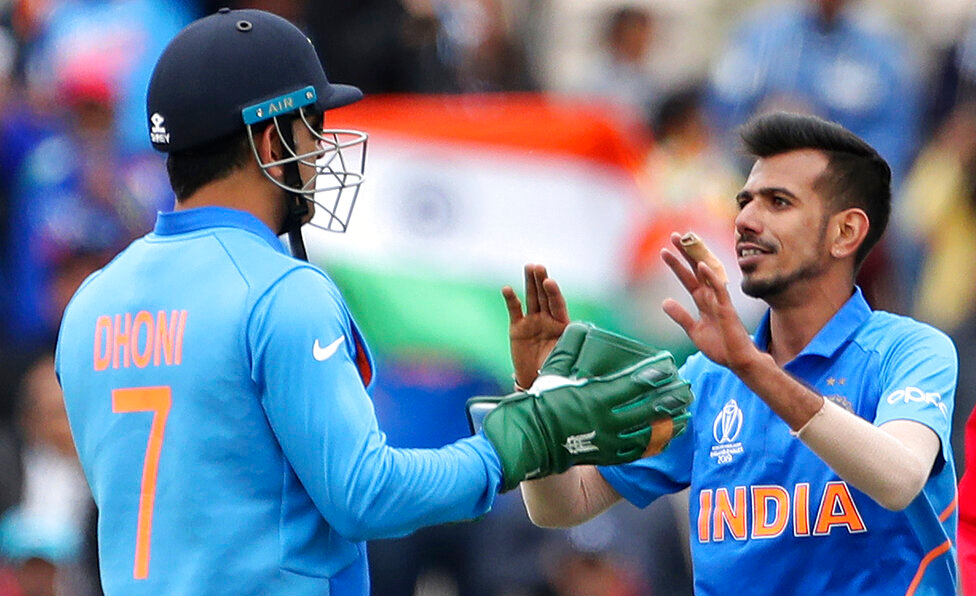The Board of Control for Cricket in India, which is packed with very well-paid professionals, headed by CEO Rahul Johri, has botched up either by not knowing the regulations on sporting logos/insignia on any item of clothing/equipment or by wilfully not seeking the International Cricket Council (ICC)’s permission for icon Mahendra Singh Dhoni.
Given the way the Board has been functioning for the past few years, it’s possible that it messed up on all fronts, leaving Dhoni in an awkward position and triggering a wholly unnecessary controversy at the very start of India’s campaign in the 2019 World Cup.
Pertinent is the ICC’s clarification: “We have responded (to the Board) to confirm the logo displayed by Dhoni in the previous match is not permitted to be worn on his wicket-keeping gloves in the ongoing World Cup...
“The regulations for ICC events do not permit any individual message or logo to be displayed on any item of clothing or equipment...
“In addition, the logo also breaches the regulations in relation to what is permitted on the wicket-keeping gloves...
“The ICC’s position is absolutely clear and we have nothing further to add.”
Actually, the controversy is about the dagger insignia on Dhoni’s wicket-keeping gloves, visible to the world during India’s opening match, against South Africa.
The insignia resembles the logo of the Special Forces of the Indian Army. Minus, however, the ‘Balidaan’ inscription.
Dhoni has the rank of an honorary Lieutenant Colonel and has undergone commando training.
The ICC, to begin with, requested the Board to get it removed but things went somewhat out of hand. Bizarre comments on social media made it worse.
Attention is on the following which is part of the regulations: “Players and team officials shall not be permitted to wear, display or otherwise convey messages through arm bands or other items affixed to clothing or equipment (“Personal Messages”) unless approved in advance...
“Approval shall not be granted for messages which relate to political, religious or racial activities or causes...
“The ICC shall have the final say in determining whether any such message be approved. For the avoidance of doubt, where a message is approved by the player or team officials’ Board, but subsequently disapproved by the ICC’s Cricket Operations Department, the player or team official shall not be permitted to wear, display or otherwise convey such message in International matches.”
A top source in the ICC told The Telegraph around 11.30 pm: “Approval may be given during a bilateral series, but definitely not in a global event as that could open the floodgates...
“You may be interested to know that the ICC has already said ‘no’ to another player of a different nationality in this very World Cup...
“We understand that Vinod Rai, who heads the Committee of Administrators in India, has declared that rules will not be violated. What applies to one, naturally, has to apply to the rest too.”
Johri and the other professionals in the Board should have known that, for any personal message on any item of clothing or equipment, the ICC’s permission stands mandatory.
But just who will question Johri and the rest? Certainly not Rai.
As things stand, the Board has no choice but to instruct Dhoni to have the insignia removed. Being a disciplined ‘soldier’, doing so should not be an issue for the much-respected former India captain.
In any case, if Dhoni was making a statement, the purpose has been served.
Back in March (just weeks after the massive terror strike in Pulwama), in Ranchi, the India squad wore a specially designed cap reflecting the camouflage shade used by units of the Indian Army.
The ICC’s approval had, of course, been taken and the caps were handed out by Dhoni.
As for the match on Dhoni’s home turf, it was won by Australia.











